MedievalReporter.com
Covering history's most marvelous millennium
Join our newsletter!

Covering history's most marvelous millennium
Covering history's most marvelous millennium
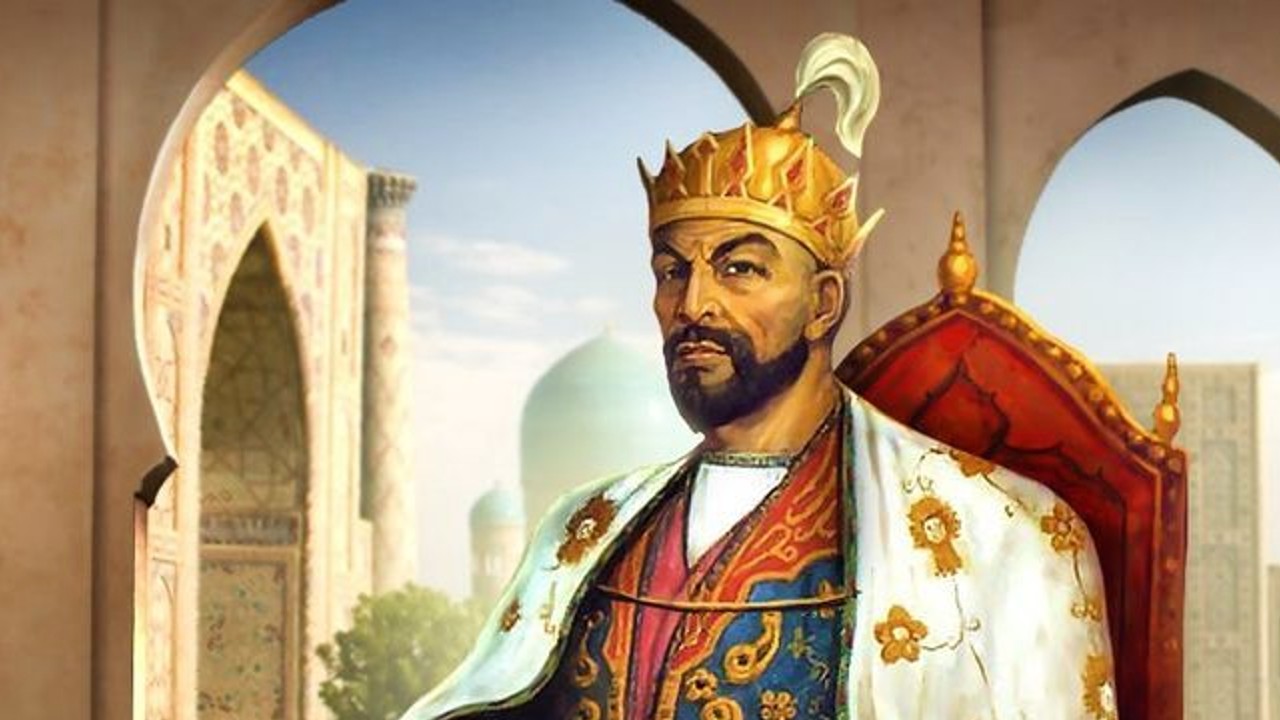
For over three centuries, the Delhi Sultanate was one of the most powerful states in South Asia. It eventually encompassed nearly all of the lowlands of modern India and Pakistan. Its military was one of the few armies worldwide to keep the Mongols out.
But halfway through its existence, the sultanate was attacked by Tamerlane, also known as Timur. He was a warlord who styled himself the “second coming of Genghis Khan”. Timur invaded India and went straight for the sultanate’s capital: Delhi.
Would he succeed where Genghis and his sons had failed?
Grab a short intro to the Timurid Empire from our Medieval Guidebook.
For centuries, Islam had tried to invade India. Around 1200 CE, the Afghan Ghurids managed to break through. The Ghurid empire quickly crumbled, however, and its slave-soldiers took over their Indian possessions. The slaves’ leader named himself a sultan and founded a so-called sultanate with Delhi at its center. Over the coming centuries, his successors and following dynasties expanded the sultanate and conquered the better part of modern India.
These military successes greatly expanded both Delhi’s wealth and population. The conquering sultans plundered a lot of loot and sent it back to Delhi to adorn their capital. Hordes of craftsmen who were taken prisoner were also taken back to Delhi to bolster the city’s economy.
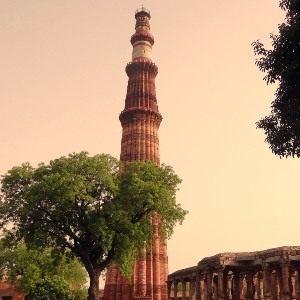
A couple of rulers later and Delhi was among the most prosperous cities in the world. Its splendor allowed the fabulously rich sultans to hire a large and effective army. With it, the Delhi Sultanate was one of the very few states in the world that managed to beat back the Mongol invasions.
The Mongol Empire then broke apart into various successor states during the 13th century. To India’s north, Central Asia descended into chaos. But crisis can bring opportunity for those with ambition.
As it happened, an exceedingly ambitious warlord roamed the Central Asian steppes. His name was Timur, also known as Tamerlane (meaning “Tamer the Lame”). And his great dream was to recreate the Mongol Empire.
The Delhi Sultanate soon found out the consequences of Timur’s vision.
- advertisement -
- article continues below -
Whereas Timur started rising to power in Central Asia by playing one potentate against the other, the Delhi Sultanate fractured into precisely such principalities at an alarming rate. The sultanate at the time was ruled by the Tughluq dynasty. But these Tughluqs exhausted the state’s resources and wealth with exhausting succession disputes.
So while Timur established control over Afghanistan and Uzbekistan, and even conquered Persia and modern-day Iraq, Delhi descended into a state of outright civil war.
When the great Central Asian conqueror - who would be called “World Eater” - finally turned his eye to India, the Tughluq sultans had already lost control over Punjab (in present-day Pakistan) and the Himalayan foothills. In fact, the Delhi Sultanate ruled over little more than Delhi indeed. And even there, field battles occurred monthly (!) between various claimants to the throne.

Timur picked up on the weakness and anarchy of the once-grand sultanate and started planning an invasion. As a pretext for attacking his southern neighbor, he claimed that the sultan of Delhi was too lenient on his hindu subjects. The sultanate had to be punished accordingly, Timur reasoned.
A Timurid army of over 90,000 strong invaded India from the north in 1398 CE, crossing the Indus river on September 30. Timur captured Multan within the month, nowadays Pakistan’s 7th-largest city. Pushing on into Rajasthan (now in northwestern India), he encountered the first major resistance.
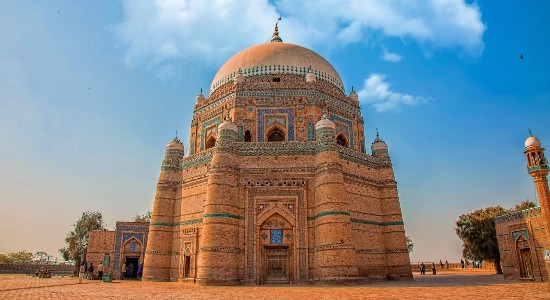
A united force of proud, Rajput nobles and muslim infantry confronted the Timurid advance near Bhatner, in northern Rajasthan. To avoid massive bloodshed the Rajput king Dulachand went to Timur’s camp to negotiate. He agreed to surrender, but upon his return to Bhatner, he found his own city’s gates closed.
As it happened, his brother had felt betrayed by opening talks with the enemy. Whilst Dulachand negotiated with the Timurids, his brother had seized control of his army in Bhatner and now refused to let him back in. Enraged, Timur ordered his army to attack the city.
Dulachand’s brother soon found out he had signed his own death sentence. The Timurids stormed the city and cut down the garrison to the last man. Timur then looted the city, enslaved the civilian population, and burned Bhatner to the ground.
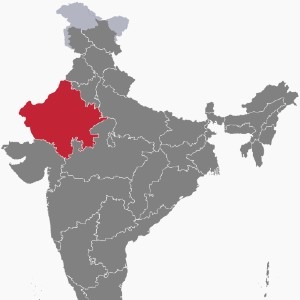
King Dulachand himself was not much better off: since he was of no more use in delivering an easy surrender, Timur had him killed as well.
With northern India now open, the Timurids added even more death and devastation to the already wartorn countryside. The many Afghan, Uzbek and Turco-Mongol horsemen in Timur’s ranks fanned out in all directions and pillaged, raped and murdered as they went.
At a certain point, the number of slaves and captives even turned into a Timurid problem. They dragged down the speed of the caravan, whereas Timur was hellbent on reaching Delhi fast. Additionally, he feared that they might revolt in one, big uprising. To give you an idea of the enormous amounts of human lives here, Timur ordered over a 100,000 (!) of them killed.
Freed from this humongous, humanitarian burden, the Timurids appeared in front of Delhi in December - less than three months after crossing the Indus.
Finally, on December 17, 1398 CE, sultan Nasir-ud-Din Mahmud Shah Tughluq assembled in front of Delhi’s walls to protect his capital from Timur. He lined up a huge host and fielded a great number of war elephants, armored with chain mail and with poison applied to their tusks. The Timurid steppe warriors grew uneasy: they had no experience fighting such beasts.
Timur himself was unperturbed and devised a plan. He dug trenches in front of his cavalry units, as he had gathered that horses were easily frightened by elephants. Normally, commanders dug trenches to protect infantry from cavalry, but steppe-based and mounted as his force was, Timur flipped the script and protected his horsemen in this manner instead. As a side effect, this also boosted their morale.
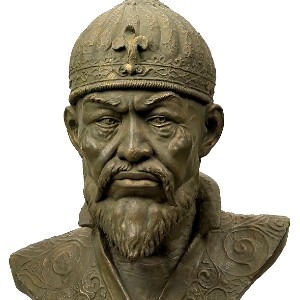
Timur “the World-Eater” then played his next trick. Though unknown how, he had also learned that elephants panic quickly. So he loaded his camels with hay, wood and kindling. When the elephants charged, the Timurids set the poor camels aflame and prodded them forward with iron sticks. With fires burning on their backs, the camels - literally scared to death - ran at the attacking war elephants.
Faced with this macabre spectacle of four-legged fires running their way and howling in pain at that, a mass panic grabbed the elephants. To add to the effect, Timur also fired at them with catapults loaded with pots filled with inflammable liquids. In complete hysteria, the elephants turned around and started running from the sea of fire threatening to engulf them.
The unlucky soldiers of the Delhi Sultanate were first stampeded and poisoned by their own war elephants, then ran down by flaming camels. Timur now set loose his main army: with a devastating charge, his horsemen absolutely crushed what was left of the army of Nasir-ud-Din Mahmud Shah.
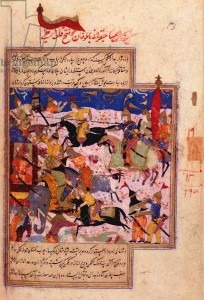
With Persia, Mesopotamia and the greater part of Central Asia already under his belt, there was not much left in the world that could outshine what was already in Timur’s possesions. Delhi, though, proud and famously wealthy, was one of his greatest triumphs.
However, the great conqueror was realistic about his army’s ability to keep India in check. He had seen with his own eyes how hard the Delhi Sultanate - a power already in place for two centuries in Timur’s time - struggled to keep the country together. With plans to attack the Ottoman Empire and even China, the Timurids calculated they could not permanently add India to their territories as well.
It proved to be a fateful decision.
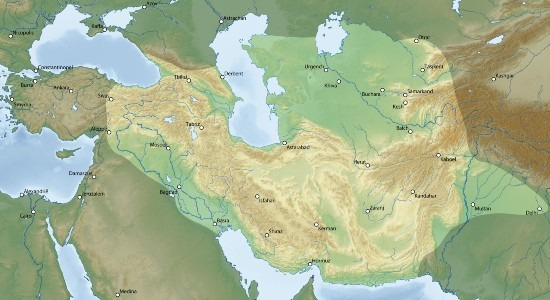
Unconcerned for India’s economic future, Timur proceeded to sack the Sultanate’s capital. The civilians who then rose in revolt against the invader were slaughtered during a three-day massacre, which reportedly saw another 100,000 Indians killed. The Timurid soldiers stacked their severed heads in gruesome skull pyramids, whilst the entire city started to smell of decomposing bodies.
Skilled craftsmen - such as carpenters, artisans, metalworkers, and so on - were enslaved by Timur. They were deported en masse to the Timurid capital, Samarqand, together with an enormous amount of plunder and loot. Careful to inflict the maximum amount of damage to the Sultanate, Timur also ordered all crop fields in the vicinity destroyed and all grain stores burned down.
- advertisement -
- article continues below -
Proud of his great victory over legendary Delhi, the “World Eater” returned to the Middle East to wage war upon the Ottoman Empire. The Sultanate, already in a state of anarchy and chaos, now faced famine and pestilence on top of the widespread devastation wrought by the Timurid invasion.
The civil war continued, with the Tughluq dynasty still nominally in power; however, their prestige was irreparably damaged. In 1415 CE, 17 years after Timur’s invasion, the Sayyid dynasty took over their position. The Delhi Sultanate would continue to exist until 1526, albeit in shrunken form - not in the least place because of the significant blow it suffered from Timur’s hands.
Although the “second coming of Genghis Khan” never did manage to realize his dream of recreating the Mongol Empire, Timur shockingly succeeded in India where many Mongol rulers before him had failed. It was an altogether vicious attack, and an extremely ruthless albeit effective invasion. Economic historians estimate that it took Delhi over a century to recover from the demographic damage that the Timurids inflicted.
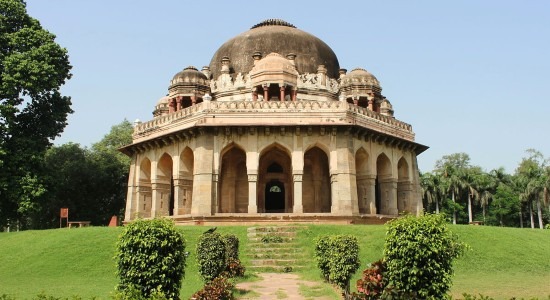
Disclosure: we work hard to provide you with exclusive medieval reports, reviews and guides. To make the Middle Ages accessible to everybody, we’d like this information to remain FREE. Therefore, some of the links below are affiliate links, meaning - at no additional cost to you - we will earn a small compensation if you click through.